Blueberries, the small yet mighty superfruit, have taken the world by storm—not just for their delicious flavor but for their powerful health benefits. Packed with antioxidants, vitamins, and dietary fiber, blueberries have become a staple in modern diets, especially in health-conscious communities across the globe.
As demand skyrockets, blueberry production has expanded rapidly, turning this once-regional crop into a global agricultural success story. But which countries dominate the industry? In this article, we explore the top blueberry-producing countries, how they rose to the top, and what makes their growing conditions ideal for these nutrient-rich berries.
Global Overview: The Rise of Blueberry Farming
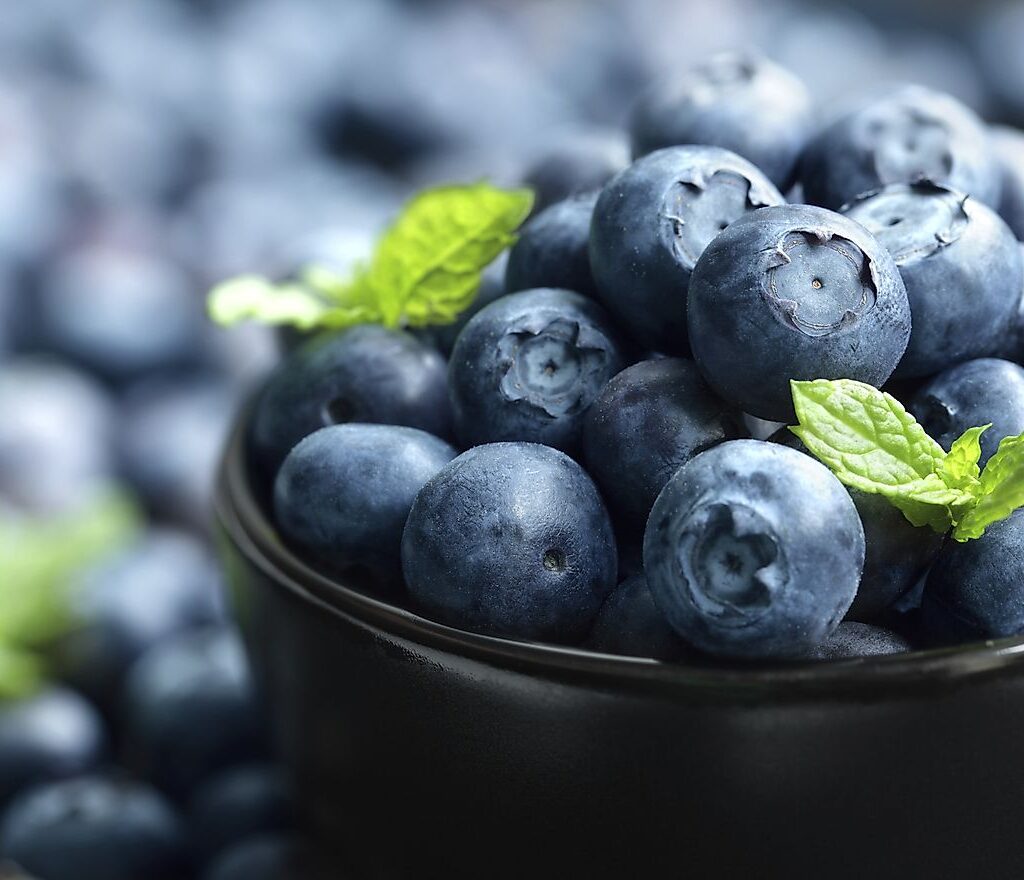
Originally native to North America, blueberries were once primarily consumed in the United States and Canada. However, in the last two decades, cultivation has spread globally—from the Southern Hemisphere to Europe, Asia, and even Africa.
This surge is fueled by:
- Growing awareness of health benefits.
- Increasing demand in international markets.
- Advances in cold storage and transport technology.
- Development of new varieties suited for different climates.
With that in mind, let’s dive into the top-ranked countries leading the world in blueberry production.
1. United States – The Original and Largest Producer
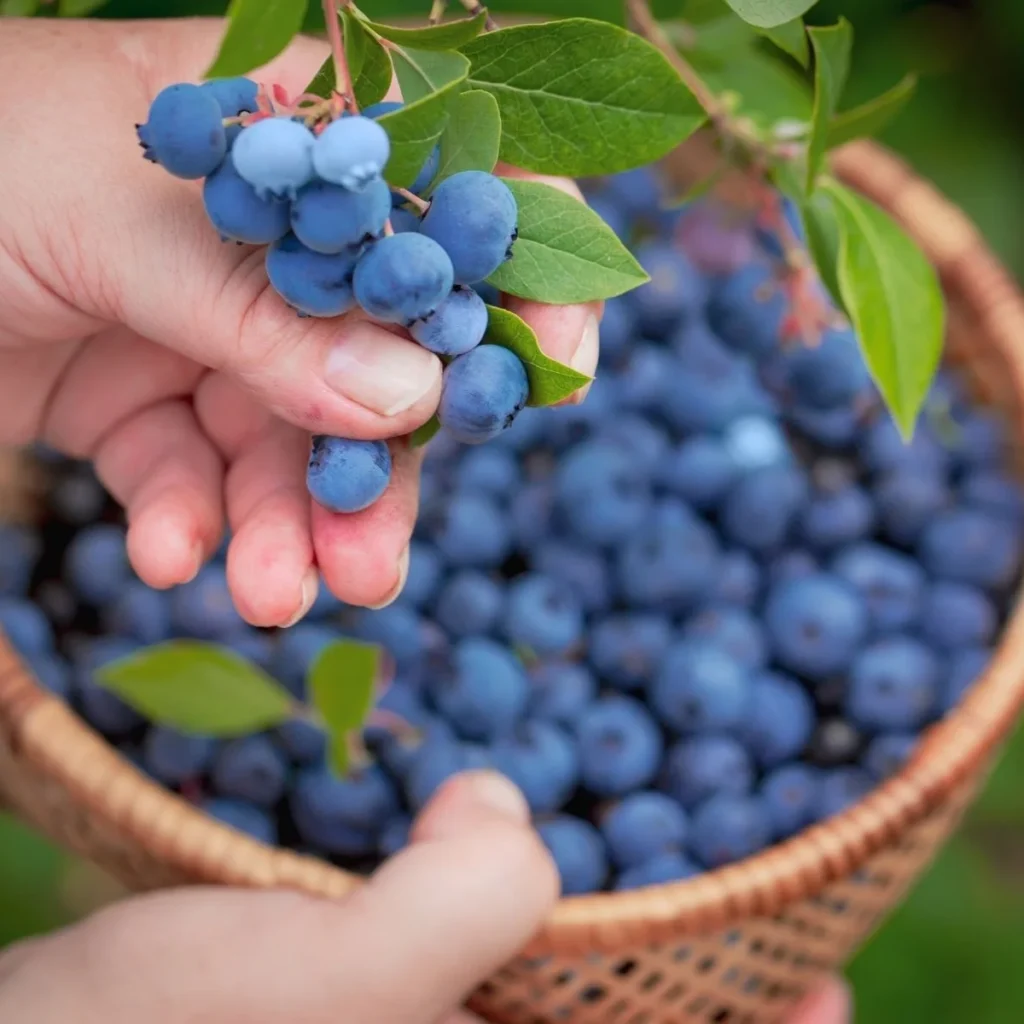
Annual Production: ~300,000 metric tons
Key States: Washington, Oregon, Michigan, Georgia, New Jersey
Peak Season: April to September
The United States remains the world’s top producer of blueberries, accounting for nearly 35% of global production. Blueberries are native to North America, and commercial cultivation began over a century ago.
The U.S. grows both highbush and lowbush (wild) blueberries. Highbush varieties dominate fresh markets, while lowbush types are often used for frozen products, baking, and processing.
Washington and Oregon lead the way, thanks to ideal weather, experienced growers, and high-yield varieties. The industry is highly mechanized and innovative, using precision farming and advanced irrigation systems.
The U.S. is also one of the largest consumers and exporters of blueberries, supplying markets across Europe, Asia, and North America.
2. Canada – Home of the Wild Blueberry
Annual Production: ~175,000 metric tons
Key Regions: British Columbia, Quebec, Nova Scotia, New Brunswick
Peak Season: July to September
Canada ranks second in global blueberry production, largely due to its abundance of wild (lowbush) blueberries in Atlantic provinces and highbush varieties in British Columbia.
Canada is the world’s largest exporter of wild blueberries, which are prized for their intense flavor and high antioxidant content. The wild varieties grow naturally across the boreal forests and acidic soils of eastern Canada.
Over 80% of Canada’s blueberries are exported, mainly to the U.S., Europe, and Asia. The industry has received significant government investment, especially in the maritime provinces, making Canada a global powerhouse in processed and frozen blueberries.
3. Peru – The Southern Hemisphere Powerhouse
Annual Production: ~290,000 metric tons (2023 estimate)
Key Regions: La Libertad, Lambayeque, Ancash
Peak Season: August to February
Peru has emerged as a surprising leader in the blueberry industry, climbing the ranks rapidly in just over a decade. In 2021, Peru overtook Chile in exports and is now the world’s top blueberry exporter by volume.
How did Peru do it? Strategic investments, government support, and ideal coastal desert climate (combined with Andean irrigation) have made Peru a global hub for year-round production.
Peruvian blueberries, primarily highbush varieties, are grown in massive agro-industrial farms using modern technologies. The ability to produce during the Northern Hemisphere’s off-season gives Peru a massive market advantage.
4. Chile – A Veteran Exporter
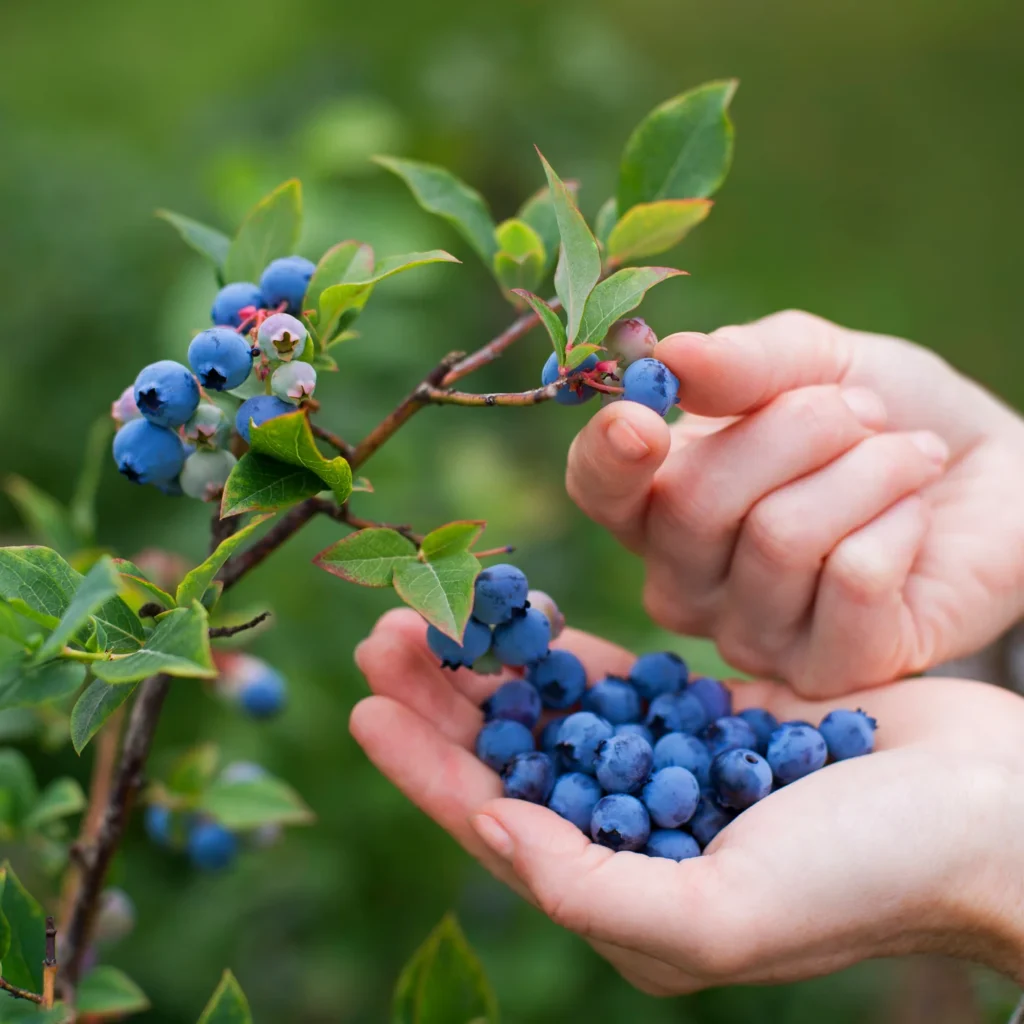
Annual Production: ~115,000 metric tons
Key Regions: Maule, Bio Bio, Araucanía
Peak Season: November to March
Chile was once the leader in Southern Hemisphere blueberry exports before Peru’s meteoric rise. However, Chile remains a major global player and a critical supplier during the Northern Hemisphere’s winter months.
The country’s Mediterranean climate, with dry summers and cool winters, is well-suited to blueberry cultivation. Chile’s well-established agricultural infrastructure and proximity to the U.S. market bolster its export performance.
While competition from Peru is stiff, Chile is focusing on premium varieties, organic farming, and improved post-harvest technology to maintain its position.
5. Poland – Europe’s Blueberry Giant

Annual Production: ~60,000–65,000 metric tons
Key Regions: Mazovia, Lublin, Podlaskie
Peak Season: July to September
Poland leads Europe in blueberry production, with vast orchards spread across its central and eastern regions. The country primarily grows highbush blueberries for both domestic consumption and export across Europe.
Polish farmers benefit from EU agricultural subsidies, modern equipment, and strong cooperative networks. Poland exports large quantities of fresh and frozen berries to Germany, the UK, the Netherlands, and Scandinavian countries.
Thanks to competitive pricing and high standards, Polish blueberries are increasingly finding their way into premium European retail chains.
6. Mexico – The North American Winter Supplier
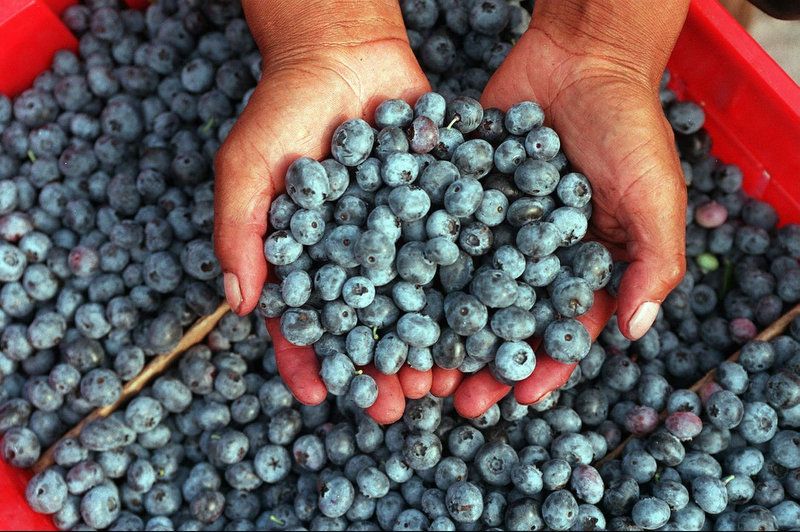
Annual Production: ~65,000 metric tons
Key Regions: Jalisco, Michoacán, Sinaloa
Peak Season: October to May
Mexico is a rising star in blueberry production, especially as a key supplier during the North American off-season. Mexican growers have taken advantage of NAFTA/USMCA trade agreements, geographic proximity to the U.S., and favorable climates to build a robust blueberry export industry.
Most farms use greenhouse and tunnel systems for early yields and pest control. Exports are primarily directed to the United States and Canada, though Asian markets are growing.
7. Spain – Southern Europe’s Blueberry Leader
Annual Production: ~50,000 metric tons
Key Regions: Huelva (Andalusia), Asturias
Peak Season: March to June
Spain is the top blueberry producer in Southern Europe, with its southern region of Huelva being the heart of production. The country’s climate enables it to deliver early-season fruit, especially to Northern European markets.
Spain has focused heavily on growing high-quality, fresh-market blueberries for export to Germany, the UK, France, and the Netherlands. Spanish producers also benefit from a well-organized logistics system and government agricultural incentives.
8. China – Rapid Growth in Domestic Production
Annual Production: ~50,000+ metric tons
Key Regions: Liaoning, Shandong, Yunnan
Peak Season: May to August
Blueberry cultivation in China began just over two decades ago, but growth has been explosive. As Chinese consumers become more health-conscious, the domestic demand for blueberries has surged.
Most of China’s production is consumed locally, though a small percentage is exported to Southeast Asia and beyond. Large-scale commercial farms, often operated in greenhouses, are springing up across multiple provinces.
China is expected to become one of the top three global producers in the next decade, thanks to vast land availability, investment, and growing middle-class demand.
Other Notable Producers
- Germany: Strong European market with around 15,000–20,000 metric tons annually.
- New Zealand: Boutique but high-quality grower with exports primarily to Asia.
- South Africa: Emerging exporter to Europe during off-season.
- Argentina: Seasonal supplier for North America and Europe, but facing competition from Peru.
Key Trends Driving Global Blueberry Growth
- Health Craze & Superfood Popularity: Blueberries are rich in anthocyanins, antioxidants, and vitamin C—making them a go-to health fruit.
- Year-Round Supply Chains: Countries in both hemispheres have staggered harvests, allowing global year-round availability.
- Innovation in Varieties: New cultivars like Legacy, Emerald, and Ventura offer better yields, longer shelf life, and flavor.
- Sustainability & Organic Farming: Consumers are pushing for cleaner labels, and countries are responding with sustainable practices.
- Value-Added Products: From smoothies to powders and supplements, blueberries are used in a wide variety of processed goods.
Conclusion: Who Tops the Blueberry List?
If we rank the world’s top blueberry-producing countries by volume and influence, the current leaders are:
- United States – Largest producer and major exporter
- Peru – Leading exporter and fastest-growing producer
- Canada – Dominates wild blueberry exports
- Chile – Strong Southern Hemisphere player
- Poland – European leader
- Mexico – Key U.S. supplier during winter
- Spain – Important early-season producer
- China – Rapidly growing domestic leader
Blueberries are no longer just a North American crop—they’re a global phenomenon. As the superfruit trend grows stronger, expect more countries to enter the game, transforming blueberry farming into a worldwide agricultural success story.
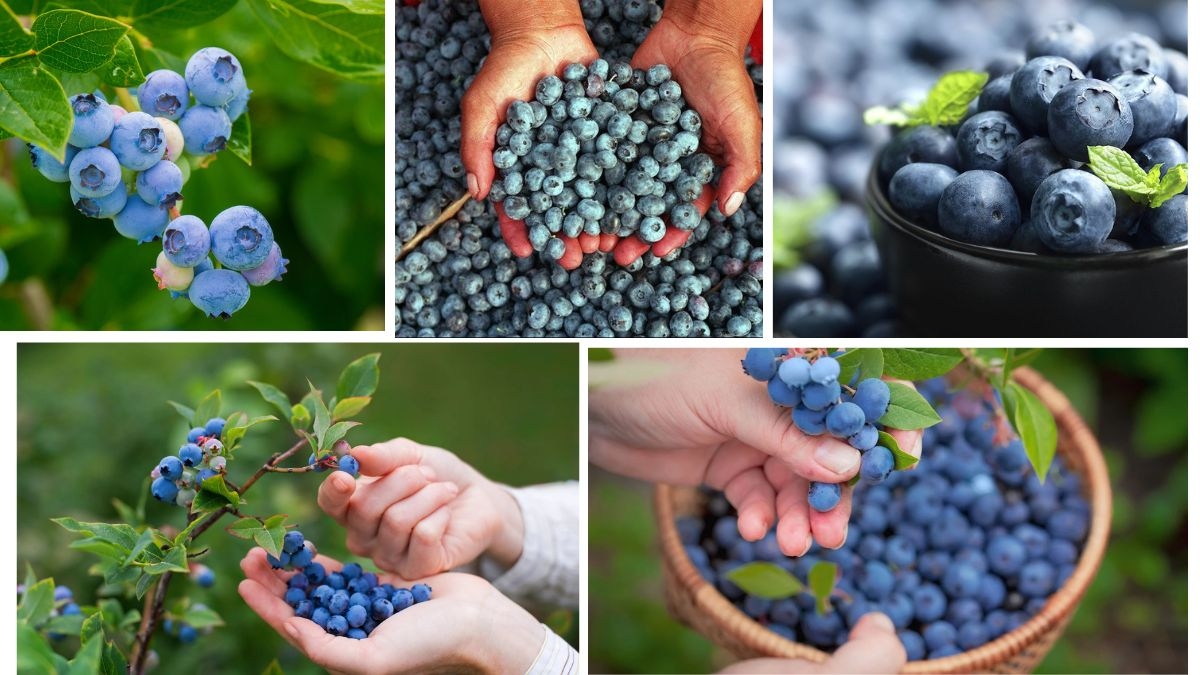





Leave A Comment